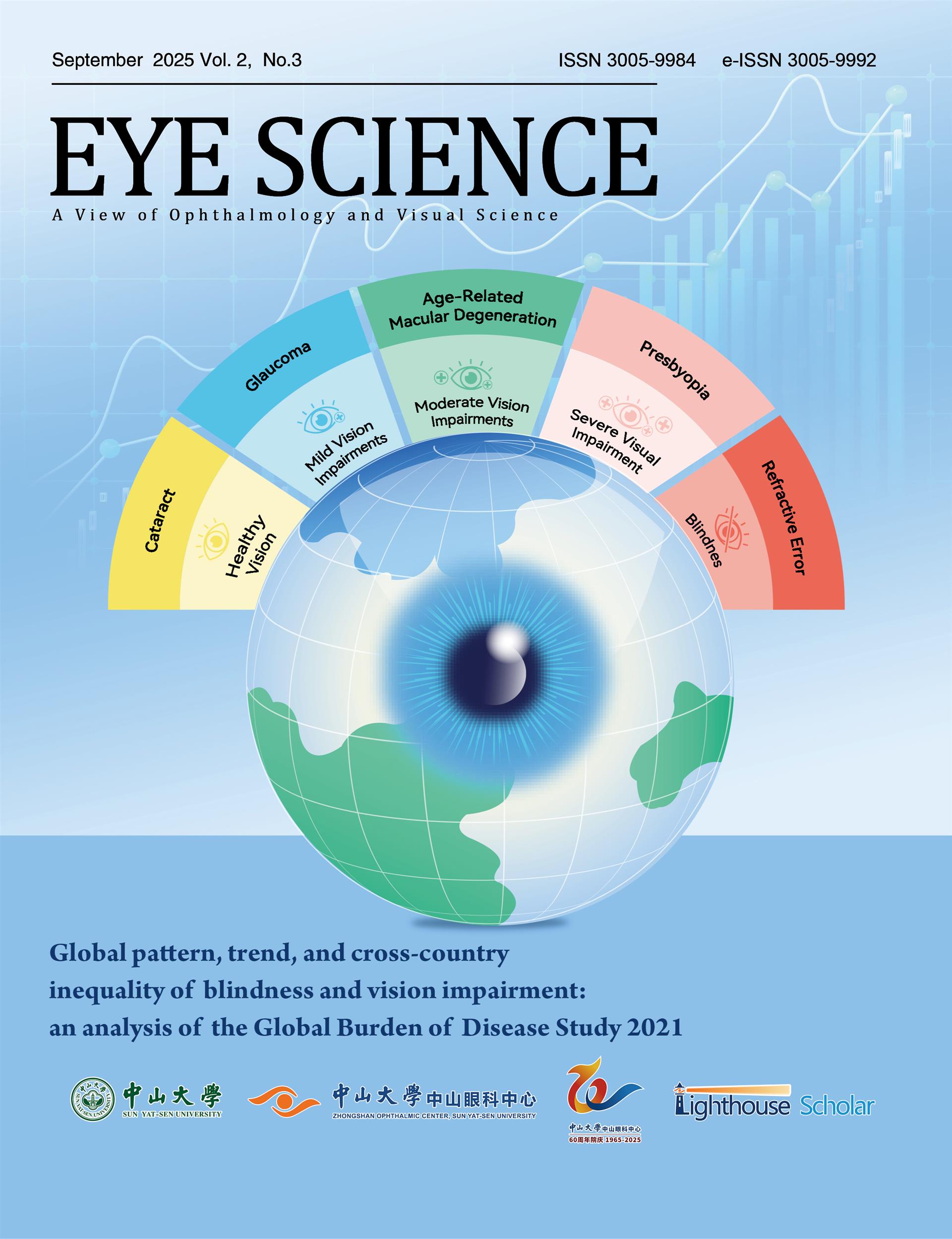Objective: This study aimed to analyze the research hotspots and frontiers in orthokeratology using bibliometric methods, providing a scientific and precise reference for both new and established researchers.Methods: A bibliometric analysis was conducted on literature related to orthokeratology over the past three decades within the Web of Science Core Collection (WoSCC). Analytical tools available in the R software environment were employed, integrating a machine learning-based bibliometric approach.Results: A total of 740 articles concerning orthokeratology research were retrieved from the WoSCC. Research on orthokeratology has shown a consistent upward trend, with an annual growth rate of 18.75%. China, Australia, and the United States are the most prolific countries in this field, with China making the largest contribution. The journals with the highest number of publications are Optometry and Vision Science (n=110), Contact Lens and Anterior Eye (n=96), and Eye & Contact Lens (n=72. Meanwhile, Pauline Cho (n=76) and Cheung SW (n=47) are the most active authors. Over the past three decades, common keywords in research literature have highlighted key areas, including corneal reshaping in pediatric populations, the prevalence and progression of myopia, contact lenses, refractive errors, and changes in axial length.Conclusions: In summary, this bibliometric analysis presents a comprehensive overview of the current state of orthokeratology research. It aids in gaining a better understanding of how this field has developed over the past 30 years.

















